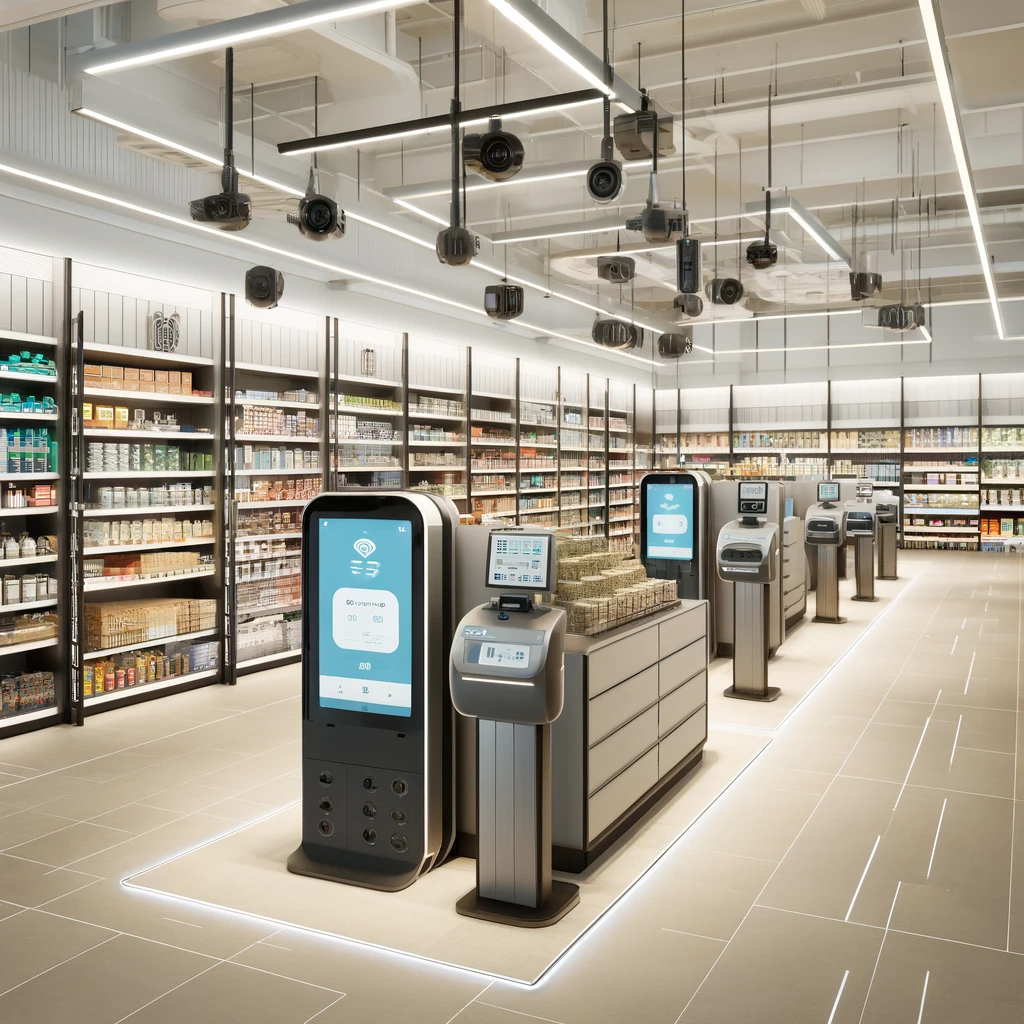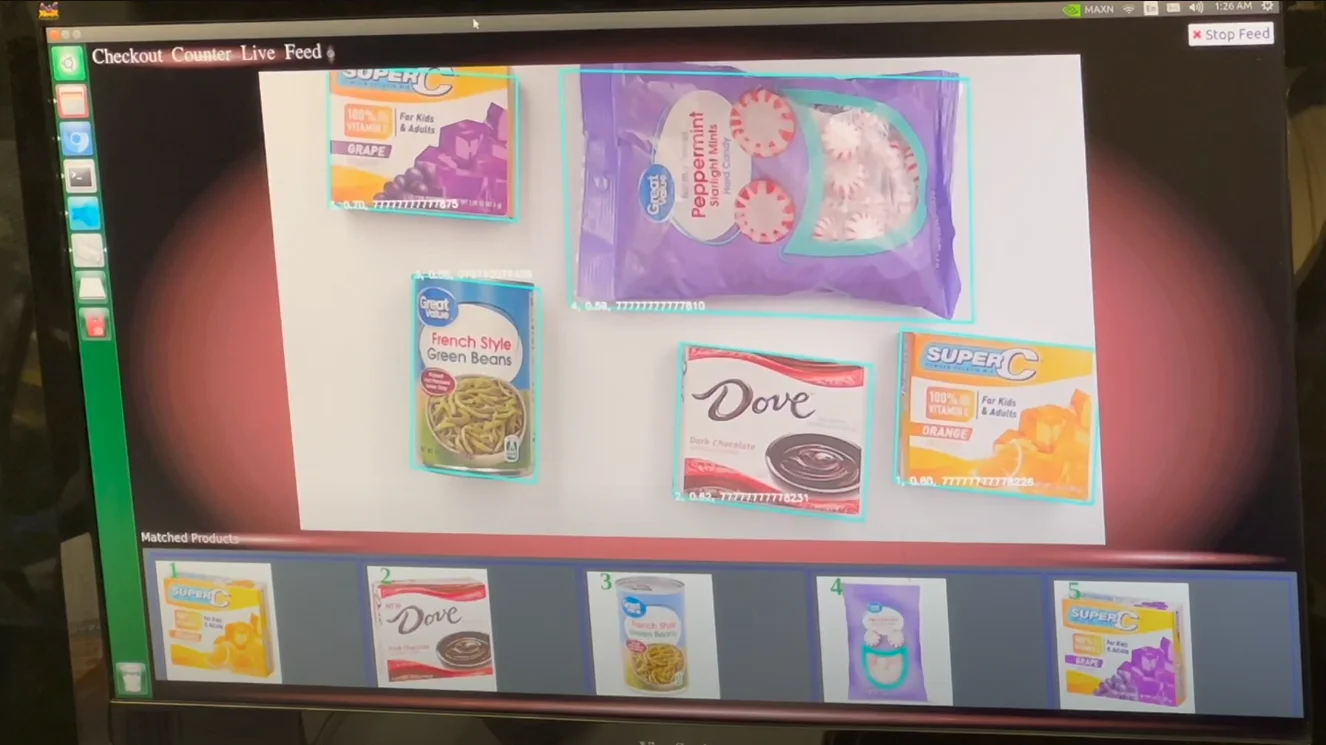In our last blog post, we highlighted the many technical challenges related to implementing AI computer vision in retail. Even once computer vision providers overcome the challenges outlined in our previous blog post, product managers need to consider the operational challenges that retailers face when deploying computer vision.
In this blog post, we focus on what solutions require during and after implementation across a retailer’s portfolio of stores. In reality, many of the below challenges are themselves “technical” in nature; however, they relate more to the technical and administrative burden that can result from day-to-day operations.
For retailers, the following considerations can take a theoretically viable solution and make it impossible to deploy widely.
1. Deployment Requirements
One of the first considerations to widespread deployment is what it takes to actually run the system in stores. For instance, product managers need to think through what their computer vision platform needs to be effective and whether that can scale cost-effectively across their retail locations.
Some of those considerations include whether the platform relies on high-quality video or multiple camera angles, and where the video is being sent and processed—does this happen at the device level, the store level, or in the cloud? Many computer vision applications, such as theft prevention or inventory tracking, also require real-time analysis, which demands substantial computational resources to work effectively.
In addition to hardware and storage considerations, retailers need to also consider network and connectivity requirements. Cloud-based systems often depend on strong, reliable network connectivity, leaving store revenue vulnerable if there’s an internet service outage. Edge-based solutions circumvent this issue but are harder to find. Additionally, storing and processing large volumes of data requires substantial bandwidth and can raise concerns about data security.
2. New Product Enrollment
As stated in our previous blog post, initial enrollment of a retailer’s product catalog can require intense time and resources. Operationally, this can become a challenge to maintain. As retailers’ product lines change and grow, the computer vision system must be updated regularly to recognize new products.
If enrolling new products requires multiple product images, lighting conditions, or model updates, the time and resources required compounds with every product change and addition. Multiply that consideration again if the computer vision model needs to be updated on a per store basis.
3. Training and Maintenance
For most computer vision systems, continuous training and maintenance are required to ensure the system continues to operate optimally and adapt to changes in product catalog, lighting conditions, and other environmental factors. This can include hardware considerations such as the maintenance and positioning of the cameras if specific angles are required or the maintenance of the physical servers or cloud infrastructure that process the images and run the computer vision models. On the software and data management front, retailers need to think about model updates for improved accuracy, data storing and labeling, monitoring for accuracy or real-time issues, and training of staff and customers.
4. Eliminating Human in the Loop
One of the biggest resource challenges for deploying computer vision within retail is avoiding (or eliminating) the “human in the loop” model. The relative immaturity of computer vision models to date has often required retailers to validate computer vision analysis with human judgment, which quickly becomes a cost-prohibitive model. If humans are needed for supervision, the value of computer vision diminishes dramatically.
5. Cost
While the initial setup costs, such as hardware acquisition (cameras, servers) and software development or licensing, can be costly, the operational costs of maintaining and updating the system can also be significant. Depending on the requirements outlined in the previous considerations around training, expansion, connectivity, and processing, operational costs can quickly compound, particularly as a solution is deployed more widely.
6. User Experience
The final operational consideration is the user experience. Regardless of whether the solution is intended for use by employees or customers, retailers need to consider how and whether users might resist adopting new technologies due to unfamiliarity, or discomfort with being monitored. That resistance can hinder effective implementation, particularly if the computer vision system requires precision in angles, speed, placement, and volumes. Even when adopted, solutions must be robust and flexible enough to maintain accuracy even when used by untrained users.
Taking the first step
For retailers, overcoming these challenges involves a combination of selecting the right technology partners, investing in employee training and consumer education, robust testing through real-world pilots, and continually updating and refining the computer vision system to meet the evolving demands of the retail environment. If not addressed, these challenges can lead to high error rates in detection, identification, and tracking or simply fail to work consistently outside of a tightly controlled lab environment.
In the coming weeks, we’ll begin to dive into the technical and operational challenges we’ve highlighted in greater detail.
__________
If you’re interested in exploring how AI computer vision can transform your retail solutions, we invite you to reach out for a demo. Based on decades of research, UltronAI’s computer vision technology is designed to overcome traditional challenges and meet the needs of today’s modern retail solutions. Contact us today.




